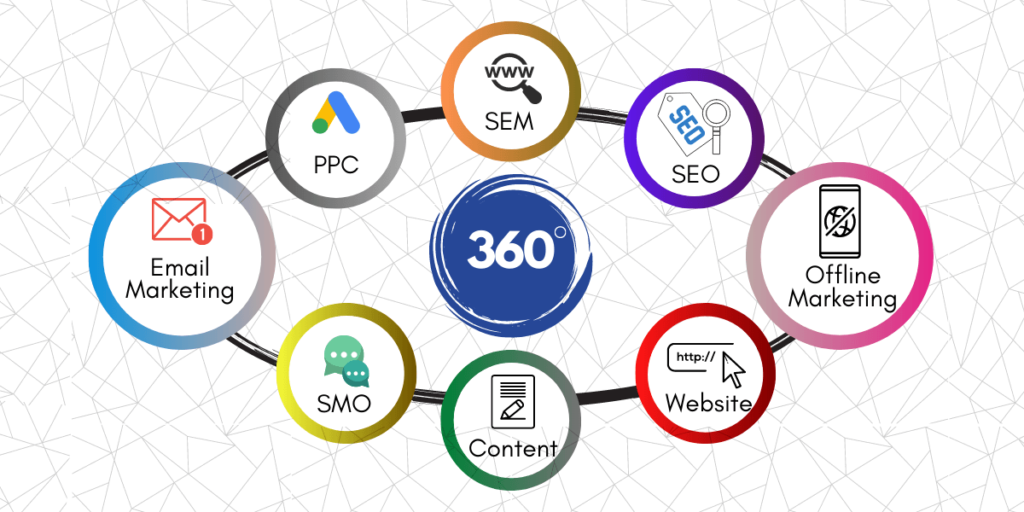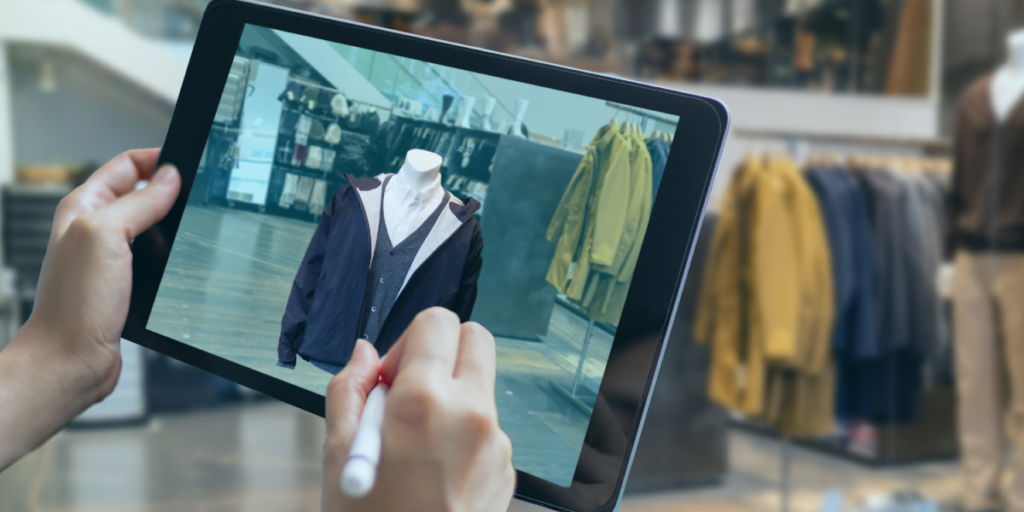Defining 360-Degree Marketing
360-degree marketing refers to a comprehensive approach that covers all possible touchpoints a customer might have with a brand, ensuring a seamless and consistent message across every channel. This strategy aims to engage the target audience through multiple platforms—both online and offline—creating an immersive brand experience that builds recognition and loyalty. At its core, 360-degree marketing integrates various promotional efforts into one unified campaign, maximizing reach and impact.
The Importance of Integration in 360-Degree Marketing
The strength of 360-degree marketing lies in its integration. Rather than siloing campaigns by channel, this approach blends traditional advertising, digital marketing, social media, events, PR, and content marketing into a cohesive narrative. Integration ensures that the message is not only consistent but also reinforces itself through repetition and varied formats. This creates a stronger brand presence and fosters deeper engagement by reaching customers wherever they spend time.
Customer-Centric Focus in 360-Degree Marketing
A critical element of 360-degree marketing is its customer-centric nature. The strategy revolves around understanding the customer journey and identifying every interaction point—from awareness to purchase and beyond. By mapping these touchpoints, marketers can tailor messages and experiences that resonate with customers’ needs and preferences. This customer-first perspective drives more meaningful connections and increases the likelihood of conversion and loyalty.
Leveraging Multiple Channels Effectively
Successful 360-degree marketing depends on effectively utilizing multiple channels in harmony. This includes digital avenues like social media, email marketing, SEO, and paid ads, as well as offline channels such as print, radio, TV, and in-store promotions. Each channel plays a specific role in the customer’s journey and contributes uniquely to brand storytelling. When combined thoughtfully, these channels amplify each other, creating a holistic brand experience.
Consistency as a Pillar of 360-Degree Marketing
Consistency in tone, visual identity, and messaging is fundamental in 360-degree marketing. When customers encounter a brand, whether on Instagram or at a retail outlet, they should experience the same core values and style. Inconsistent messaging can confuse audiences and dilute brand equity. 360-degree marketing demands meticulous planning and brand guidelines to maintain this uniformity across all mediums.
The Role of Data in Optimizing 360-Degree Campaigns
Data-driven insights play an essential role in refining 360-degree marketing strategies. By analyzing performance metrics across channels, marketers can understand which touchpoints are most effective and which need adjustment. This continuous feedback loop allows for real-time optimization, ensuring campaigns stay relevant and efficient. Incorporating analytics ensures that every dollar spent contributes toward measurable business objectives.
Crafting Personalized Experiences Within 360-Degree Marketing
Personalization enhances the effectiveness of 360-degree marketing by tailoring communications to individual preferences and behaviors. Using data from CRM systems, browsing history, and social interactions, marketers can customize offers, messages, and content. Personalization increases engagement and builds emotional connections, making the overall marketing effort more impactful and customer-friendly.
Challenges of Implementing 360-Degree Marketing
While 360-degree marketing offers many benefits, it also comes with challenges. Coordinating multiple channels requires cross-functional collaboration, technological integration, and significant resource investment. Ensuring message consistency across teams and platforms can be complex, and measuring ROI may be difficult without the right tools. Overcoming these obstacles requires strong leadership, clear communication, and a robust strategy.
Examples of Successful 360-Degree Marketing Campaigns

Many global brands have harnessed 360-degree marketing with great success. For instance, a major sportswear company launched a campaign that combined TV ads, influencer partnerships, experiential events, social media contests, and in-store displays. Each channel reinforced the others, creating a buzz that drove sales and brand loyalty. Such campaigns demonstrate how integrated efforts can create powerful consumer engagement.
Adapting 360-Degree Marketing for Digital Evolution
As digital platforms evolve, 360-degree marketing must adapt to include emerging technologies like augmented reality, chatbots, and interactive content. These tools provide new avenues for immersive and personalized experiences, enriching the customer journey. Staying current with digital trends ensures that 360-degree marketing remains relevant and effective in capturing modern consumers’ attention.
Future Trends in 360-Degree Marketing
The future of 360-degree marketing is likely to be shaped by further integration of AI, automation, and data analytics. Marketers will increasingly use predictive insights to anticipate customer needs and automate personalized messaging across channels. Additionally, sustainability and social responsibility are becoming vital themes, with brands expected to weave these values authentically into their 360-degree strategies.
Conclusion: 360-Degree Marketing as a Blueprint for Success
360-degree marketing offers a powerful blueprint for brands seeking to engage customers deeply and consistently across every possible touchpoint. By integrating channels, focusing on the customer journey, and leveraging data for optimization, companies can build strong brand equity and drive sustained growth. While implementation requires careful planning and resources, the rewards of a well-executed 360-degree marketing strategy make it an indispensable tool in today’s competitive landscape.
FAQs
What is the key difference between 360-degree marketing and traditional marketing?
360-degree marketing integrates all channels into a seamless, unified campaign, whereas traditional marketing often treats channels separately without a holistic strategy.
How can small businesses implement 360-degree marketing on a budget?
Small businesses can start by focusing on key channels their audience uses most and maintaining consistent messaging while gradually expanding to other platforms as resources allow.
What role does social media play in 360-degree marketing?
Social media serves as a vital channel for engagement, content distribution, and customer feedback, complementing other marketing efforts in a 360-degree strategy.
How do you measure success in a 360-degree marketing campaign?
Success is measured by tracking KPIs across channels, including engagement rates, conversions, brand awareness, and overall ROI, with analytics tools helping to unify data.
Can 360-degree marketing improve customer loyalty?
Yes, by delivering consistent, personalized, and meaningful brand experiences across touchpoints, 360-degree marketing fosters stronger relationships and enhances customer loyalty.
















